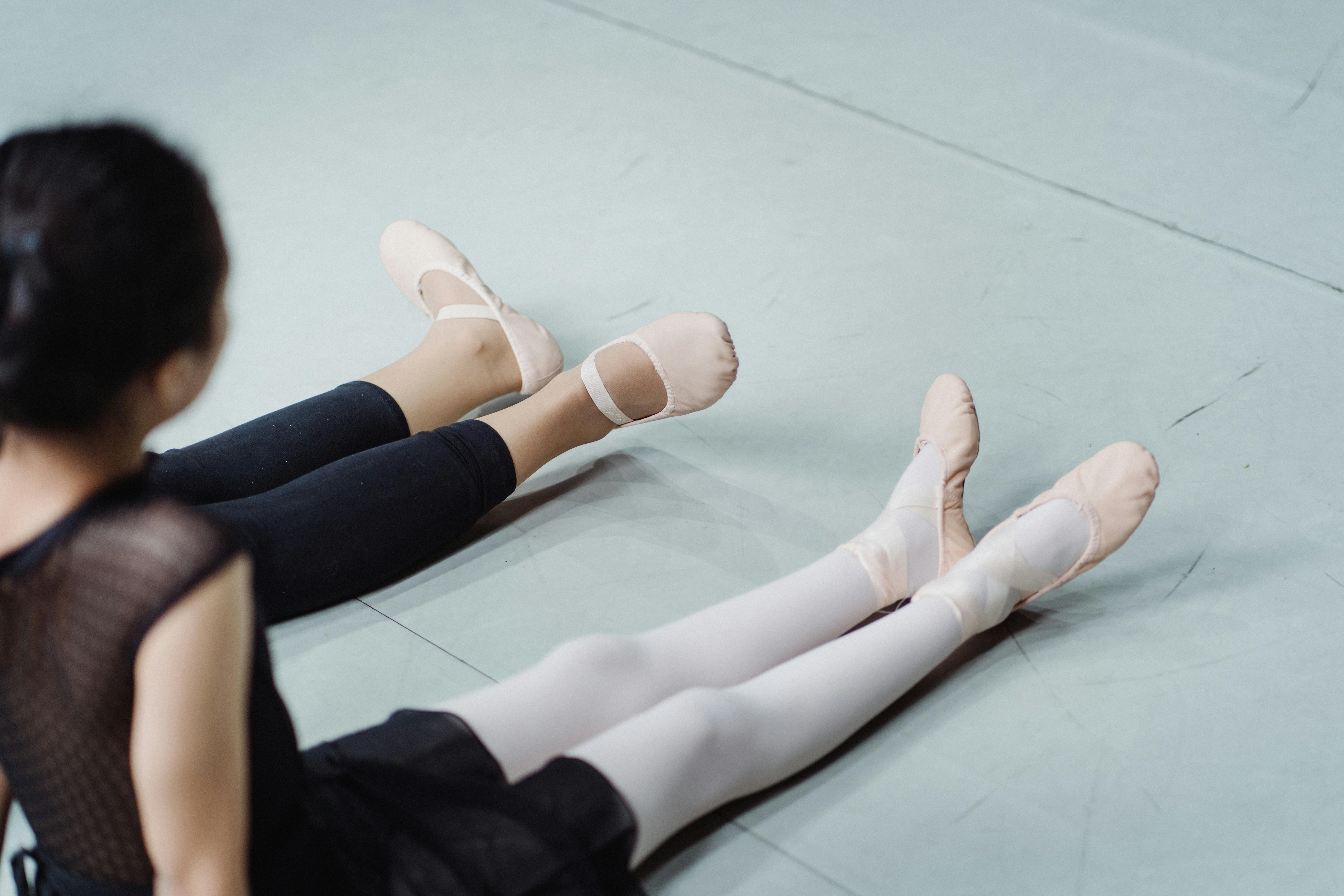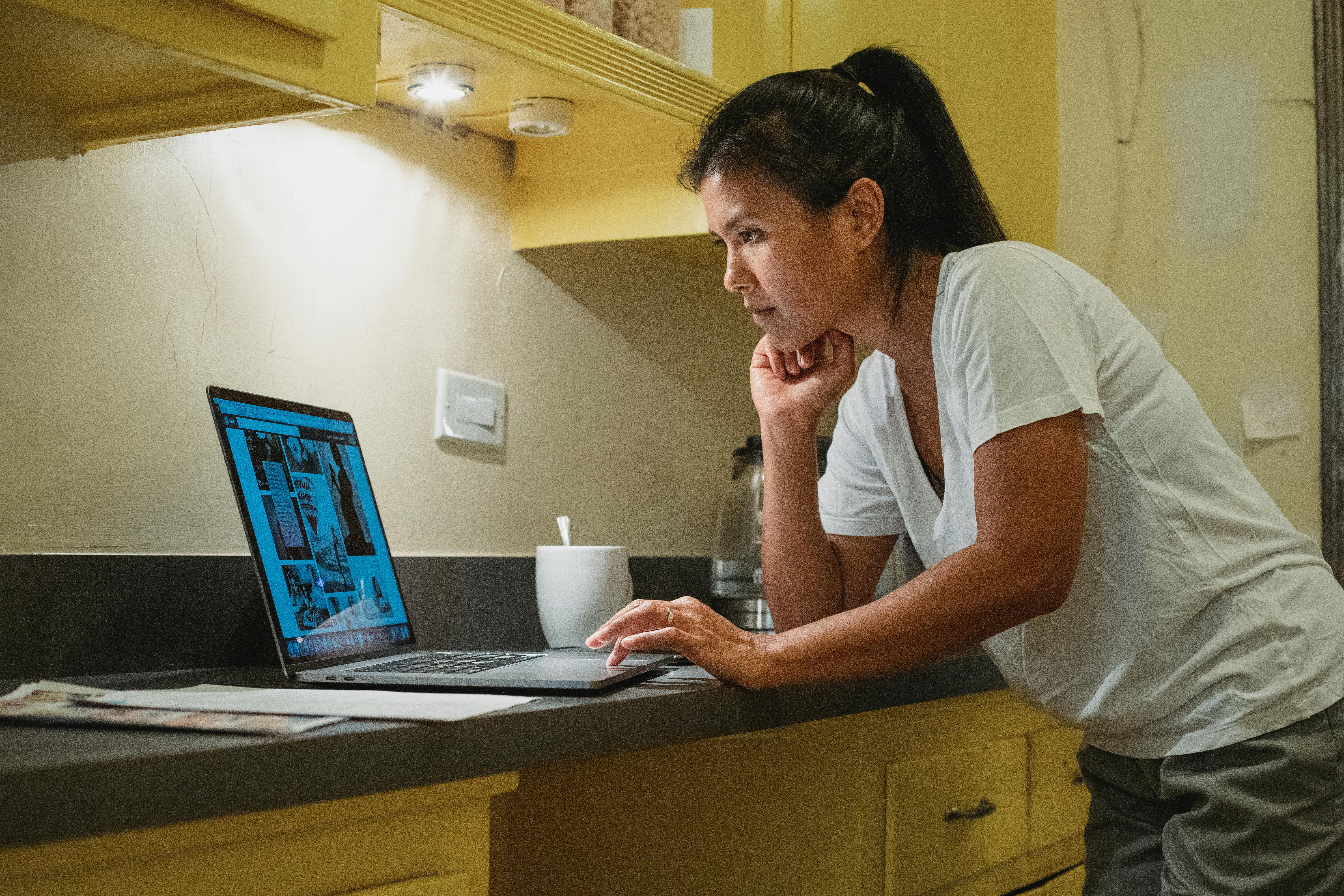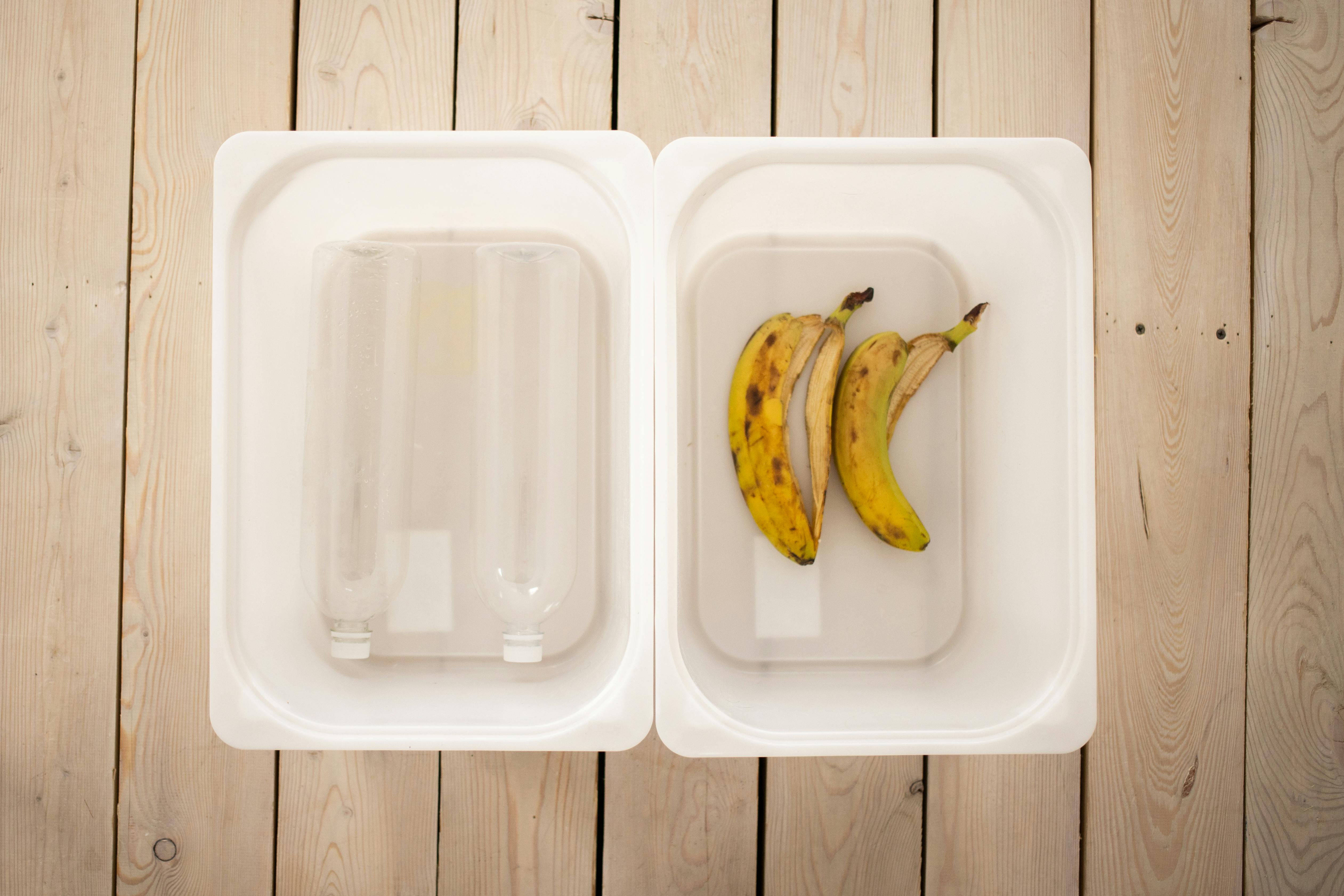The Law of Large Numbers is a fundamental success secret insofar as it says:
(1) Do enough of anything and you will succeed;
(2) Do more and you will prosper, and exceed even that amount and
(3) You will become a legend.
We have seen how this works in all walks of life.
As with so many successful principles, the LLN seems especially apt for sports. Just yesterday, I read this quote from powerful basketball great Michael Jordan:
“I’ve missed over 9,000 shots in my career. I’ve lost almost 300 games. 26 times, I was entrusted with taking the winning shot and I missed. I’ve missed over and over and over again in my life. And that’s why I’m successful .
If you don’t try, you can’t win. Try more and more and still more than that and you will become an artist whose exploits are celebrated forever.
Having said this, let me temper The Law of Large Numbers with this caveat:
IT ONLY TAKES ONE TO SUCCEED!
This is a critical corollary of the LLN. Yes, you have to take a lot of tries, but if you hit that final shot at the buzzer, JUST THAT SHOT, you will be the winner of the game.
The key is to stay in the race long enough to be competitive, spot your opportunity when it presents itself, and seize the opportunity—these things position you for victory.
Let’s say you’re a seller and you haven’t closed a deal for days, weeks, or months. This happens, by the way, more often than you might think, especially during long races.
You’re in a slump, period.
How do you dig your way out? You do it with repeated efforts, an LLN campaign, as I’ve noted elsewhere. But what do you tell yourself to overcome the inevitable obstacles and future rejections that you will encounter on the road to recovery?
Repeat this phrase:
ONLY ONE IS NEEDED!
Sure, you daydream about having so many deals that you’re plagued by an embarrassment of riches. Or, you have the recurring nightmare that you’re so deep in the hole that you have to step up and hit a succession of non-stop grand slams just to get back in the game.
These grand images will only hinder your success. They will make it sound like you have to achieve gigantic, world-class results just to qualify.
And that is an absolutely false and destructive thought.
All you need is to get on the board one score at a time to get out of the hole.
I found myself in a downdraft in my consulting and training business about seven years ago.
He had just published a series of books, six in a matter of four years, and none of them were instant hits. The typical secondary market that I expect to write about, people who call me to help them improve their trading results, was virtually non-existent.
And then one day without any input from me, the co-owner of a successful business on the East Coast walked into her local bookstore and bought one of my current releases.
He read it, wondered if it could help his team improve, and contacted me.
We started with a very modest initial schedule, consisting of just one day, but that start led to a relationship that found me flying from coast to coast every two weeks for two years, spending hundreds of billable days together.
In fact, I’ve just been reminded of the company to upgrade their skills.
All it took to break that slump was ONE book reader out of thousands who was impressed enough with its content to seek help.
The practical challenge, of course, is to FIND or ATTRACT THE ONE.
Right in the middle of the darkest days of our national housing meltdown, I wanted to sell an office property I owned. So I did what any reasonably prudent person in my position would do.
I interviewed Realtor after Realtor, asking them for proposals. And guess what I kneaded?
By the end of my research, I had several proposals that were so completely identical that they could have been photocopies of the first one in the stack. They all said that I should list my property within a very narrow dollar range.
How did they arrive at such a uniform prescription? They did market analysis showing the most recent properties of their type to sell in the city. These are, as you may know, called “comparables.”
But the “comps” are fundamentally flawed. Unless you have a LARGE NUMBER of them that have been purchased recently, and there are even more available on the market now, you won’t have an adequate supply to compare with.
In addition, each real estate is unique. It will appeal to some buyers more than others. And where there is more desire, there is a greater demand and price that people are willing to pay.
So the question is: “For which SINGLE BUYER, or type of buyer, is this property MOST valuable?” Then you need to put most of your time and energy into marketing to that person or to that niche.
But if you look at the AVERAGES, which is where the comparisons will take you, the BEST type of buyers won’t show up on your radar, just the TYPICAL ones, and they’ll only be willing to pay the same as the lowest common denominator. .
IT ONLY TAKES ONE thought, or IOTO thought as I’ll call it, make sure you’re looking for the best avenues to achieve your goals.
So what did I do?
I did my own analysis, believing that the sales prices I was being urged to use were too low, that my land and building were worth much more.
From inside my building, I looked at my neighbor on the left. He had built his property to his limits, and it was unlikely that he would buy my lot.
But the guy on the right had room to grow. Combined, our two properties would allow him to exploit the business possibilities far more than any of us could as individuals, so I determined that he was: THE ONE.
If you wanted a premium, it would have to come from him, because by virtue of his positioning, at least in theory, he could and would pay far more than the average buyer. So, I put all real estate agents on hold and devised a personal marketing campaign aimed EXCLUSIVELY AT HIM.
I realized that I needed to have a LARGE NUMBER of contacts with him in a short period of time to motivate him to make a generous offer.
I found every excuse I could to bump into him to say hi, and one day I leaned over to his car in the driveway and said, “You know, I’m thinking about selling. Before I put it up for sale with a real estate agent, let me know”. if you want to make an offer”.
Within 90 days, he was the proud owner of adjoining properties and I had been charged.
Overall, I got a premium price:
(1) Was 25-33% higher than the proposals I suggested for listing the property;
(2) I sold it myself, without a real estate agent, saving another 6% of the purchase price;
(3) I sold it sooner than I would have if I had had it on the open market;
(4) I got the price I wanted; and
(5) I didn’t have to spend a penny on repairs or upgrades before title was transferred.
Exactly how much better did I do by merging a Law of Large Numbers approach with an It Only Takes One approach?
I think I got a bare minimum, 45% more than I would have gotten if I had gone the traditional route, and in terms of real money, it was a lot more than I would have gotten otherwise.
Perhaps the most striking example of marrying the Law of Large Numbers with the thought It Only Takes One is dating and mating. Unless you’re a committed bachelor who absolutely loves to play the field, you’re going to settle down with someone, at least for a while.
As any matchmaker can attest, FINDING THE ONE is the challenge. This involves the Three E’s: getting Exposure, Encounters and Exclusivity.
The LLN gives you exposure, puts you in those situations where you will be “in game,” available to see and be seen. This could be through computer dating sites, volunteer work, going to alumni events at the alma mater, or hosting barbecues.
To set up meetups, you need to work on your “approaching skills,” learning how to get the attention of the specific people you want to get to know better and practicing ways to start and keep conversations.
To gain exclusivity, you need to show your uniqueness and develop a plan to attract the people you care about to spend time together.
The LLN, almost without exception, leads to IOTO opportunities.
The two, working together, create the symbiosis and the results that we all seek, by combining quantity and quality.
I am a firm believer in the law of large numbers, and fortunately a large number of people who have purchased my audio seminar of this title agree with his premise.
But committing to CAMPAIGNS IN LARGE NUMBERS can seem daunting, because it’s easy to forget that success is inevitable in our mass ministries.
That is why it is so important to unite the LLN with It only takes a thought. The realization that success can be just ONE smile, ONE sale, ONE phone call away keeps us happy on the train, it can, it will, and it’s bound to succeed.










Recent Comments